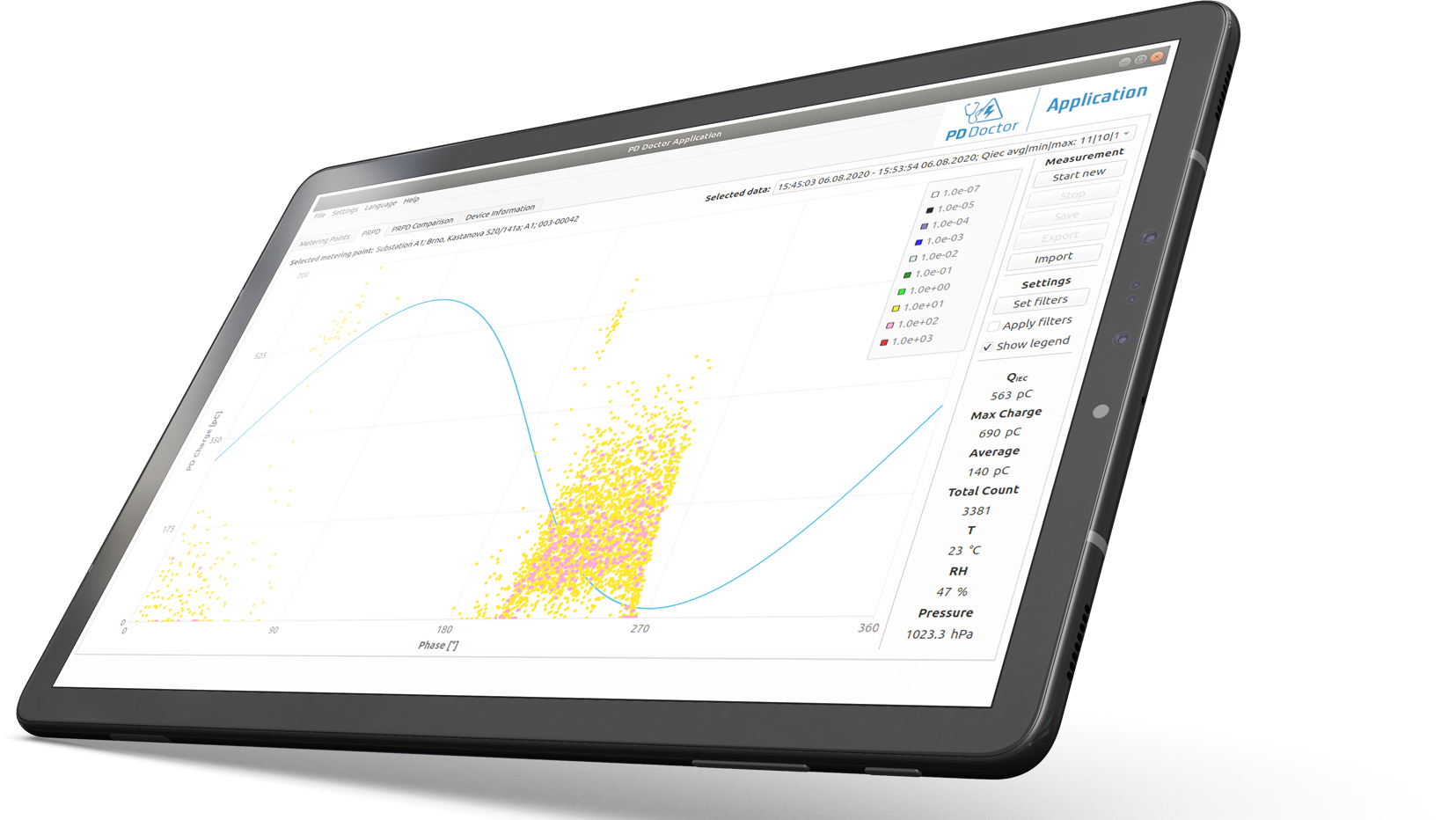Qu’est-ce qu’une décharge partielle ?
La décharge partielle (DP) est un type de panne électrique qui se produit lorsqu’une partie seulement de l’isolation entre deux conducteurs est endommagée. Il en résulte une augmentation localisée du courant électrique, qui peut endommager l’isolation environnante. Les décharges partielles peuvent se produire dans n’importe quel type d’équipement électrique, mais on les trouve le plus souvent dans les équipements à haute tension tels que les transformateurs, les générateurs et les câbles.
Les décharges partielles peuvent être causées par plusieurs facteurs, notamment des défauts de fabrication, des facteurs environnementaux et des contraintes électriques. Lorsqu’elles ne sont pas contrôlées, les décharges partielles peuvent entraîner une défaillance prématurée de l’équipement dans lequel elles se produisent.
Comment mesure-t-on les décharges partielles ?
Les décharges partielles peuvent être mesurées à l’aide de diverses méthodes, notamment électriques, acoustiques et optiques. La méthode la plus courante est la mesure électrique, qui utilise des capteurs pour détecter le courant circulant dans l’isolation pendant une décharge partielle.
La mesure acoustique consiste à utiliser des microphones pour écouter le son de la DP. Cette méthode est moins courante mais peut être utilisée dans les cas où les mesures électriques ne sont pas possibles.
La mesure optique utilise la lumière pour détecter les décharges partielles. Cette méthode est généralement utilisée dans les équipements à haute tension où les mesures électriques ne sont pas possibles.
Quels sont les types de décharges partielles ?
Il existe trois types fondamentaux de DP :
- Externe – dans les gaz au voisinage des électrodes à faible rayon ou à grandes courbes
- Surface – dans le voisinage des électrodes à la frontière entre le diélectrique solide et le diélectrique gazeux.
- Interne – dans les gaz entourés d’un diélectrique solide ou liquide.



Quels sont les avantages de l’analyse des décharges partielles ?
L’analyse des décharges partielles (PDA) – PD Doctor offre plusieurs avantages, notamment:
- Détection proactive des problèmes : En surveillant les décharges partielles, l’analyse des décharges partielles peut détecter les problèmes avant qu’ils n’entraînent une défaillance de l’équipement.
- Détection précoce des problèmes : L’analyse des décharges partielles permet de détecter les problèmes à un stade précoce, lorsqu’ils sont plus faciles à résoudre.
- Réduction des temps d’arrêt : En détectant et en réglant les problèmes avant qu’ils n’entraînent une défaillance de l’équipement, le PDA peut contribuer à réduire les temps d’arrêt.
- Amélioration de la sécurité : Le PDA peut contribuer à améliorer la sécurité de l’équipement électrique en détectant et en réglant les problèmes avant qu’ils ne provoquent une défaillance.
- Amélioration de la fiabilité : En réduisant le nombre de pannes, l’analyse des décharges partielles peut contribuer à améliorer la fiabilité de l’équipement électrique.
Quelles sont les limites de l’analyse des décharges partielles ?
L’analyse des décharges partielles n’est pas un outil de diagnostic parfait et présente certaines limites, notamment:
- Faux positifs : Dans certains cas, les décharges partielles peuvent être causées par des facteurs autres qu’une panne électrique. Cela peut conduire à des faux positifs, qui peuvent entraîner des temps d’arrêt inutiles.
- Difficulté d’interprétation : Les mesures de décharges partielles peuvent être difficiles à interpréter et une analyse par un expert est souvent nécessaire.
- Nécessité d’une analyse par un expert : Les PDA nécessitent souvent l’expertise d’un ingénieur qualifié pour interpréter correctement les mesures.
- Limité à certains types d’équipement : Le PDA n’est généralement possible que pour les équipements à haute tension tels que les transformateurs, les générateurs et les câbles.
“60 % des défaillances des machines tournantes sont dues à la perte et à l’endommagement de l’isolation.“
(Source: CIRGE)
Malgré ses limites, l’analyse des décharges partielles est un outil de diagnostic précieux qui peut contribuer à améliorer la sécurité et la fiabilité des équipements électriques. Elle constitue un élément important d’une approche de maintenance proactive.
Vous pensez que votre équipement souffre d’une décharge partielle ?

